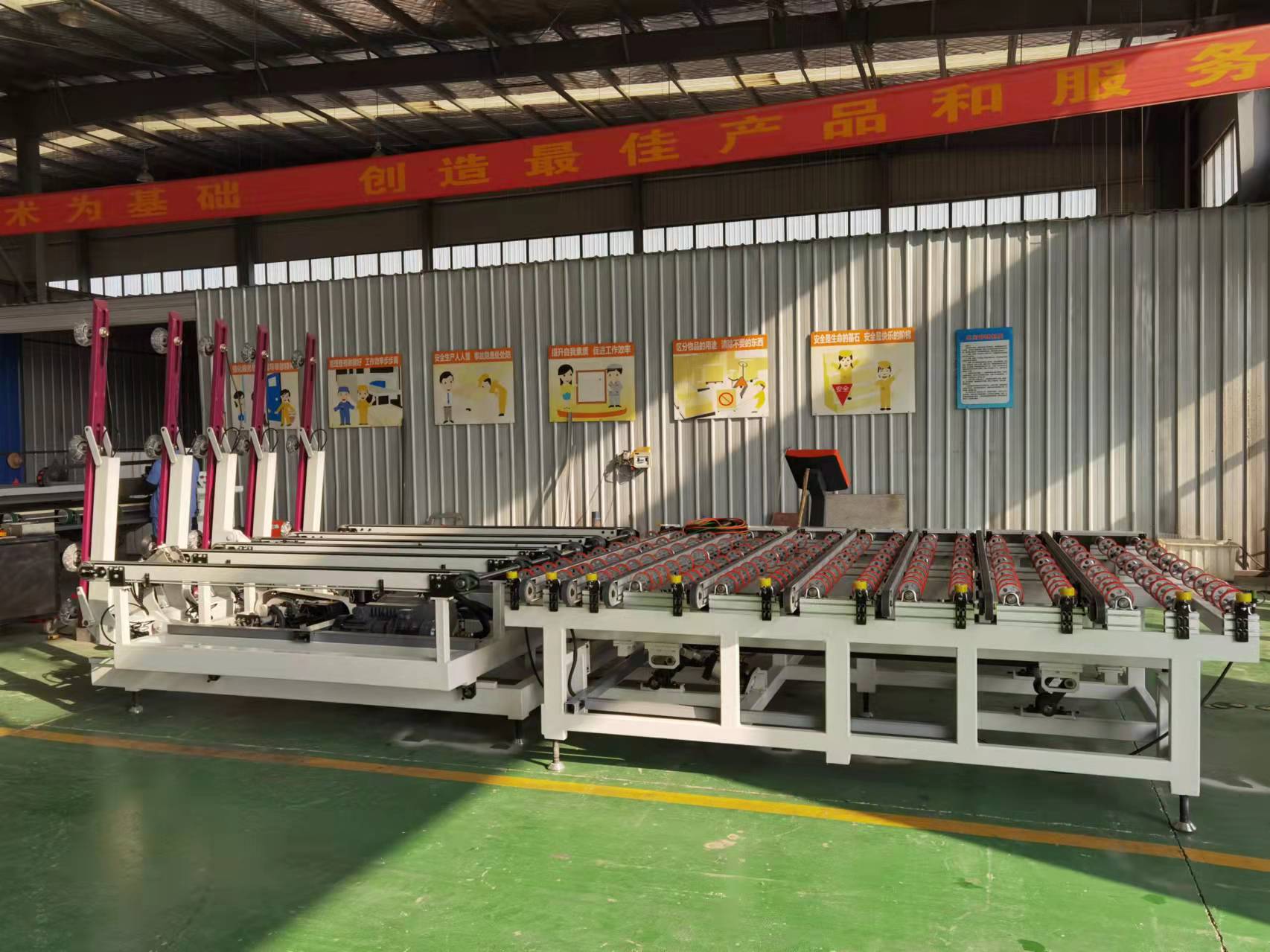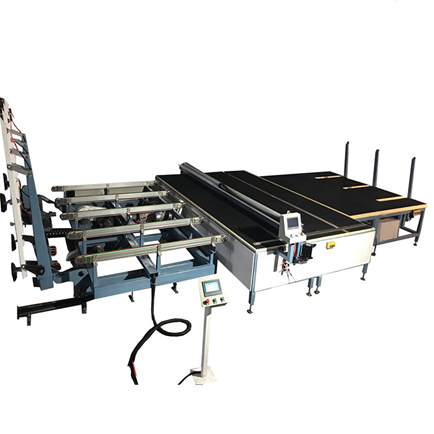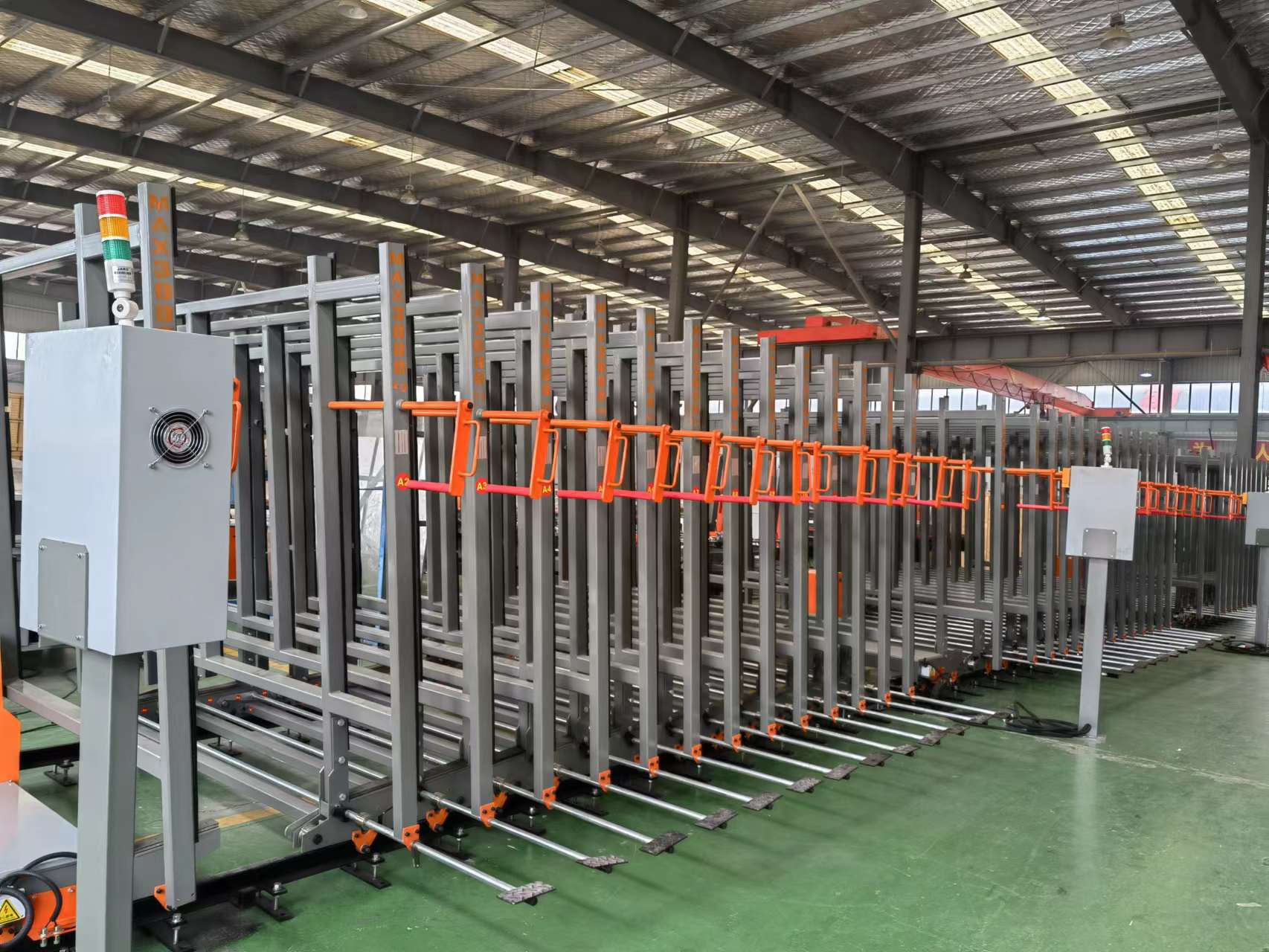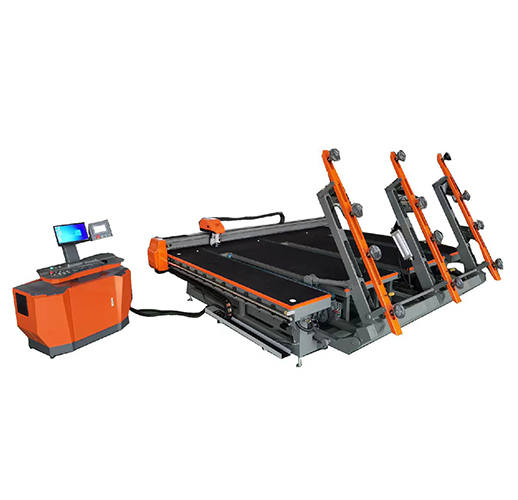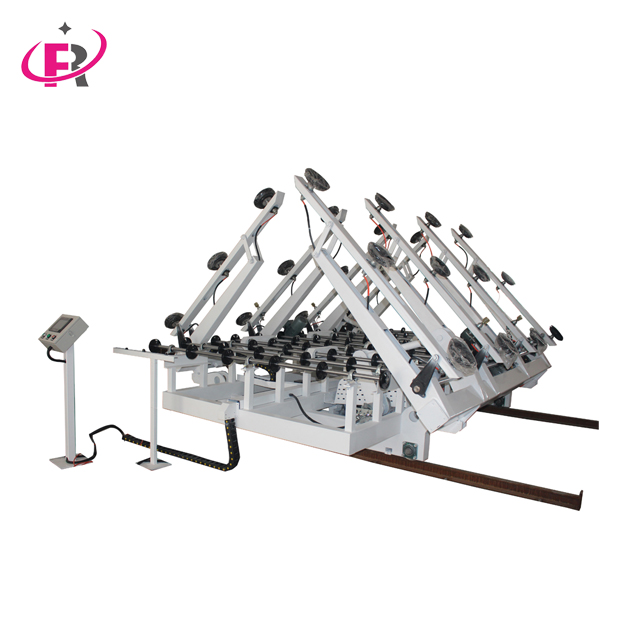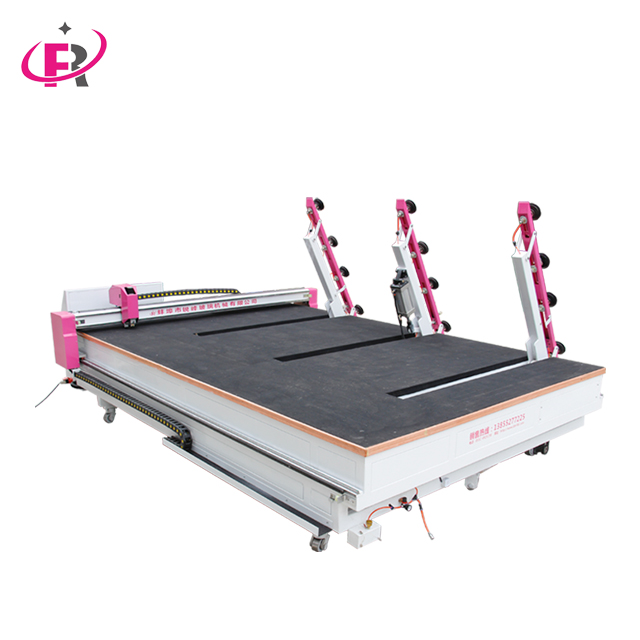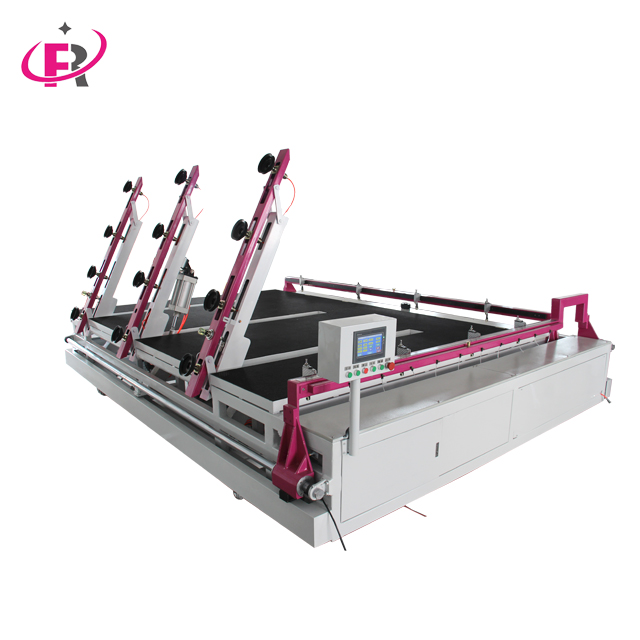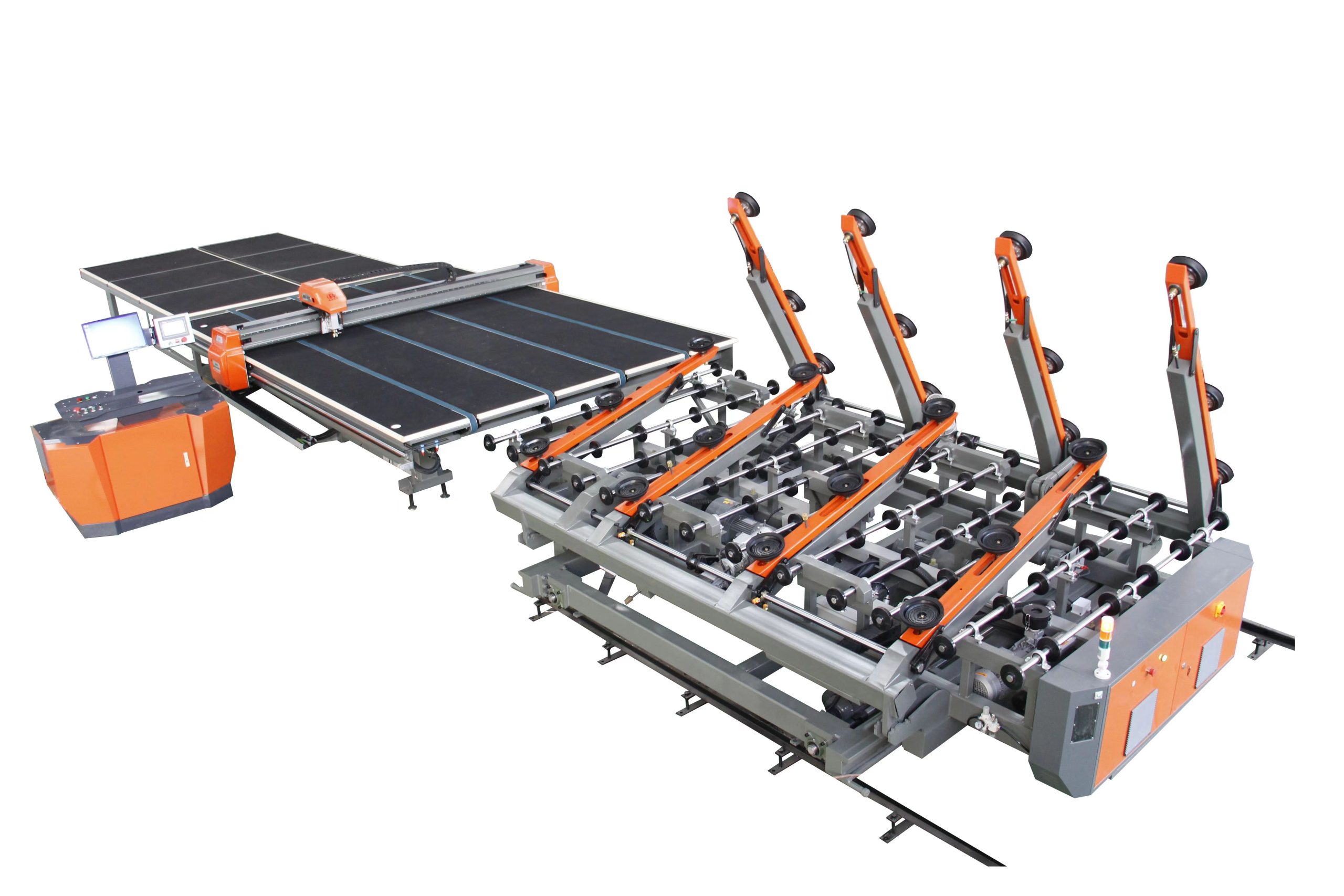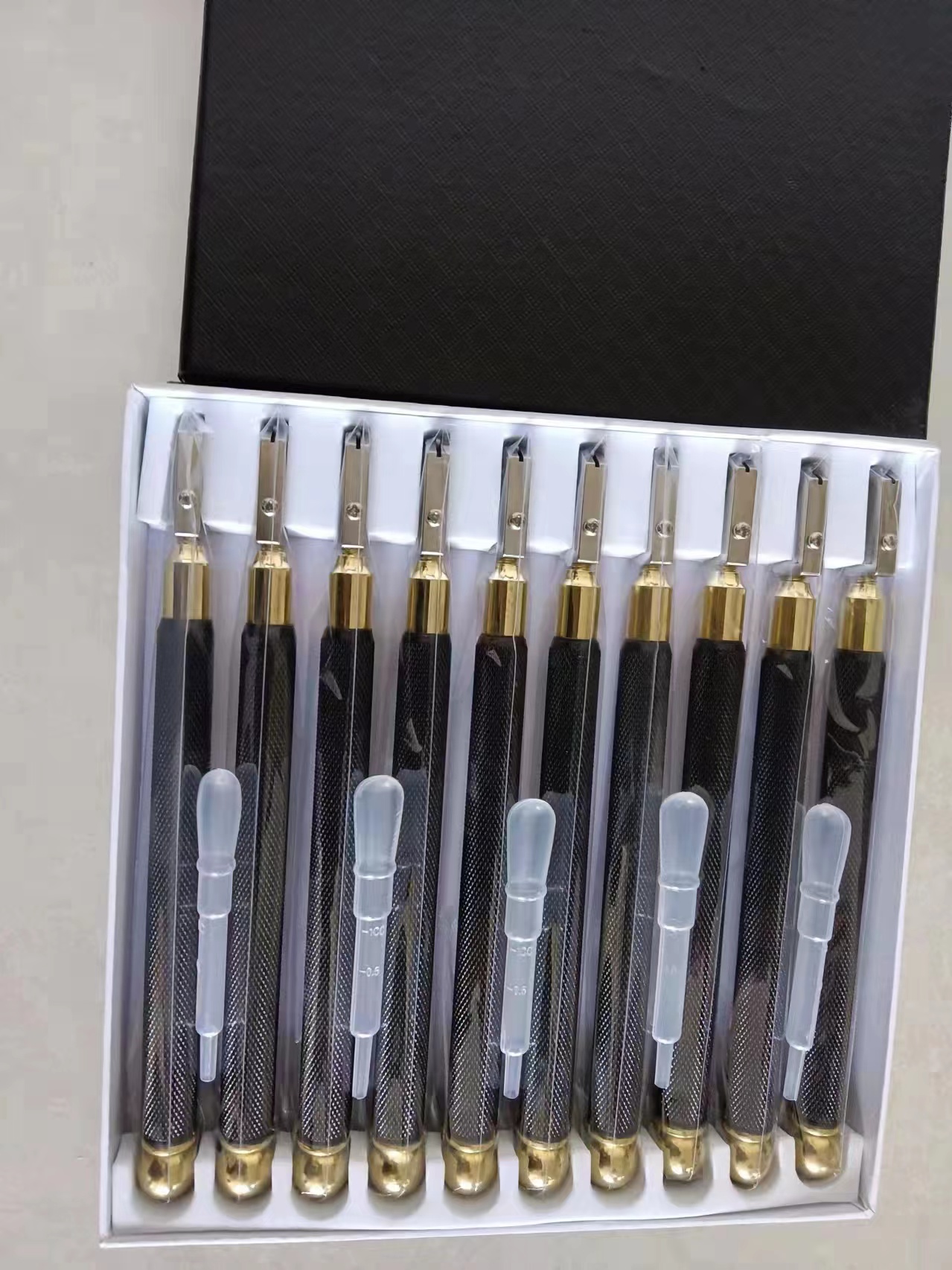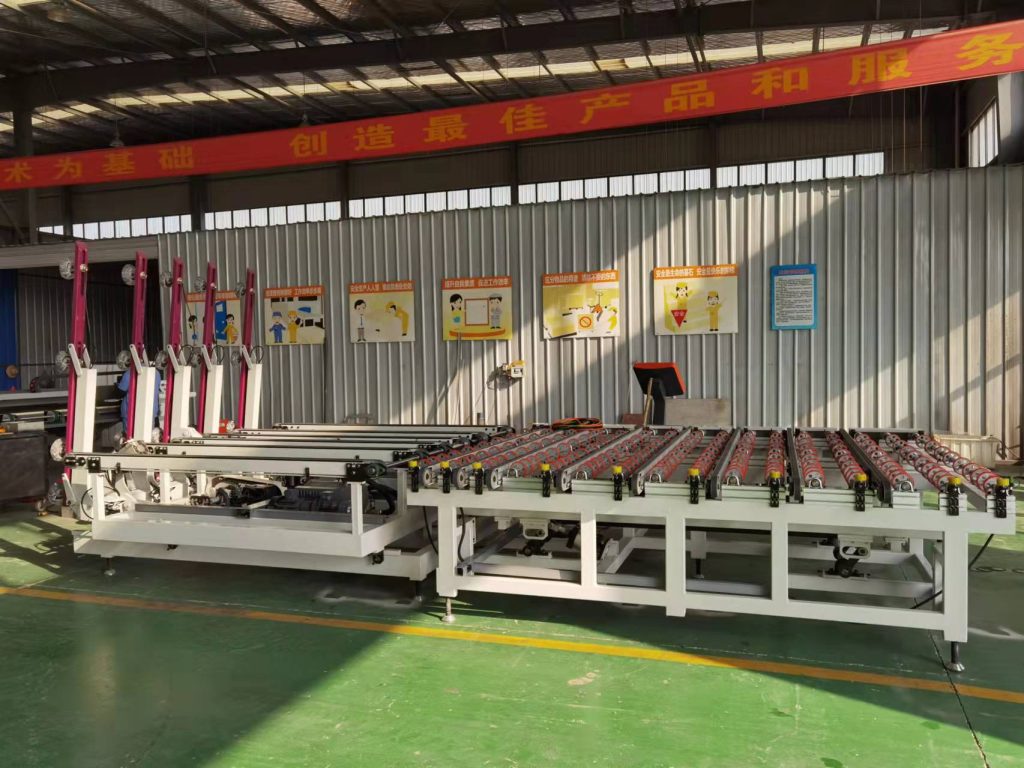In the intricate world of manufacturing, every step of the process matters, especially when it comes to handling delicate materials like glass. Glass loading tables play a crucial role in ensuring the smooth and efficient movement of glass panels within production facilities. This article will delve into the distinct characteristics of manual, semi-automatic, and automatic glass loading tables, highlighting their features, advantages, and applications.
Manual Glass Loading Tables:
Manual glass loading tables, as the name suggests, require human intervention for operation. These tables typically feature simple designs, often consisting of a flat surface with manual cranks or levers for adjustments. While they may lack the automation of their counterparts, manual loading tables offer several benefits. They are cost-effective, easy to operate, and versatile, making them suitable for small-scale operations or workshops with limited space and budget constraints.
However, manual glass loading tables also have their limitations. The reliance on manual labor can result in slower processing times and increased risk of human error. Additionally, frequent manual adjustments may lead to operator fatigue and potential safety concerns. Despite these drawbacks, manual loading tables remain a popular choice in industries such as artisanal glass crafting, custom fabrication, and small-scale manufacturing where precision and customization are paramount.
Semi-Automatic Glass Loading Tables:
Semi-automatic glass loading tables represent a middle ground between manual and automatic systems. These tables incorporate some degree of automation while still requiring human oversight. Typically, semi-automatic loading tables feature motorized components for tasks such as lifting, tilting, or positioning glass panels, reducing the physical strain on operators and improving efficiency.
One of the primary advantages of semi-automatic loading tables is their ability to strike a balance between speed and control. They offer faster processing times compared to manual tables while allowing operators to retain control over critical adjustments and quality checks. Semi-automatic loading tables find applications in a wide range of industries, including medium-sized manufacturing facilities, glass processing plants, and construction projects requiring precision cutting and shaping of glass components.
Automatic Glass Loading Tables:
At the pinnacle of glass handling technology are automatic loading tables. These sophisticated systems are designed to operate with minimal human intervention, leveraging advanced robotics, sensors, and software algorithms to streamline the loading process. Automatic loading tables excel in high-volume production environments where speed, accuracy, and efficiency are paramount.
The key advantage of automatic loading tables lies in their unmatched precision and throughput capabilities. By eliminating the need for manual intervention, these systems can achieve consistent results with minimal downtime, maximizing productivity and reducing labor costs. Moreover, automatic loading tables are equipped with safety features such as sensors and emergency stop mechanisms to mitigate potential hazards in the production environment.
High-quality Glass Loading Tables supplier
If you want to get high-quality Glass Loading Tables products, but don't know how to choose, you might as well try ruifeng. As a professional Glass Loading Tables manufacturer, ruifeng can provide you with high-quality products and services. Welcome to contact us for detailed ordering information!
In conclusion, the choice between manual, semi-automatic, and automatic glass loading tables depends on various factors such as production volume, budget, and desired level of automation. While manual loading tables offer simplicity and affordability, semi-automatic and automatic systems deliver higher efficiency and precision, making them ideal for demanding manufacturing environments.

